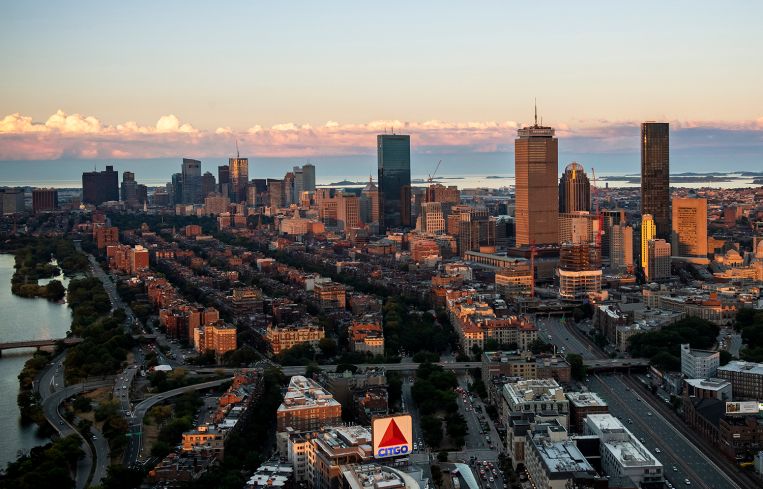Tech’s Office Demand Is Rebounding Fastest in These Markets
By Ryan Masiello October 31, 2024 2:30 pm
reprints
The commercial real estate industry is witnessing a tech resurgence.
Office markets with a higher tech concentration have lagged in return to office post-pandemic. While climbing out of 2020 lows on positive vaccine news, overall office demand jumped 67 percent, whereas tech demand rose just 55 percent as remote work rates remained much higher and stickier within that sector. The following year, the Federal Reserve began to increase interest rates. Both tech valuations (equities) and office demand fell more than the broader market, with office demand falling 38 percent for tech tenants versus minus 15 percent for total demand from the first interest rate increase in March 2022 to the last in August 2023.
However, the tech industry has recently gained significant momentum since the onset of the post-COVID recovery and is outpacing the broader market. Factors include a softening labor market supporting RTO trends, declining interest rates, strong equity market returns, and rising venture capital funding. Tech demand officially bottomed out in May 2023, just before the last interest rate increase. Since demand bottomed, tech demand is up 32 percent versus 18 percent for the market overall.
With these gains, the tech sector is now beginning to catch up to the rest of the market’s post-COVID recovery.
VTS analyzed tech industry demand in July. We found that RTO was gaining traction as the labor market softened. We also found that tech-centric markets — most notably Silicon Valley, Boston, Seattle and San Francisco — stood to benefit the most demand-wise should the trend continue. Tech leaders, including Amazon, OpenAI and Nvidia, made huge announcements regarding their commitment to RTO, and tech demand in New York also saw an increase. In our new VODI report, this trend is a continued growth driver in select metros.

When breaking down the rebound in tech demand by market, it’s clear that not all markets are created equal. In particular, markets with higher-than-average tech concentrations are growing faster, not just in terms of tech demand but also in terms of overall demand.
Markets with a strong pre-existing tech base are seeing those bases rebound faster than markets with narrower bases. Plus, that growth has broader positive spillover effects.
Markets with above-average tech concentrations have faster annual tech growth (36 percent versus 2 percent) and total growth (16 percent versus 8 percent) in new demand compared to markets with lower concentrations. While the relationship is not a perfect one-to-one comparison, the correlation between the two — 0.61 — is notable. If we isolate tech markets further and focus only on markets with a tech concentration at least 25 percent above the national average, tech and total demand growth still rises (40 percent and 26 percent versus 36 percent and 16 percent).
Seven of the 15 markets analyzed scored above average overall. Seattle, despite narrowly missing the cut, is one of only six markets to score above average in at least two of the four individual categories.
Austin takes the No. 1 overall spot and is also the only market with above-average scores across all four categories. Seattle and its eastern suburbs as well as Silicon Valley take the second and third spots, and are the only two markets besides Austin to score above average in three of the four categories.
San Francisco scores highly (fourth overall) due to the size and concentration of its tech industry. Boston and San Francisco-East Bay (fifth and seventh, respectively) both earn points for triple-digit tech demand growth, and NYC (sixth) earns the top spot in terms of total tech demand while also having above-
average tech growth.
Conversely, two Washington-area locations (D.C. proper and suburban Maryland) take the bottom two spots, well below Northern Virginia (eighth overall). Except for Houston (13th), the remaining markets represent large, diverse metros where traditional industries like finance remain the primary demand drivers. Still, given their size, each boasts a more tech-centric submarket within the broader market.
Tech demand is making a comeback, benefiting top innovation markets’ overall growth profile. Given this upside in tech demand, should RTO trends continue to materialize, enterprising investors should consider increasing their focus on these markets as part of any potential future office allocation. This upswing in the tech sector will continue to grow as the real estate market as a whole rebounds, and there will be new opportunities to be realized across major U.S. markets, especially those with strong pre-existing tech bases.
Ryan Masiello is the chief strategy officer at proptech firm VTS.


